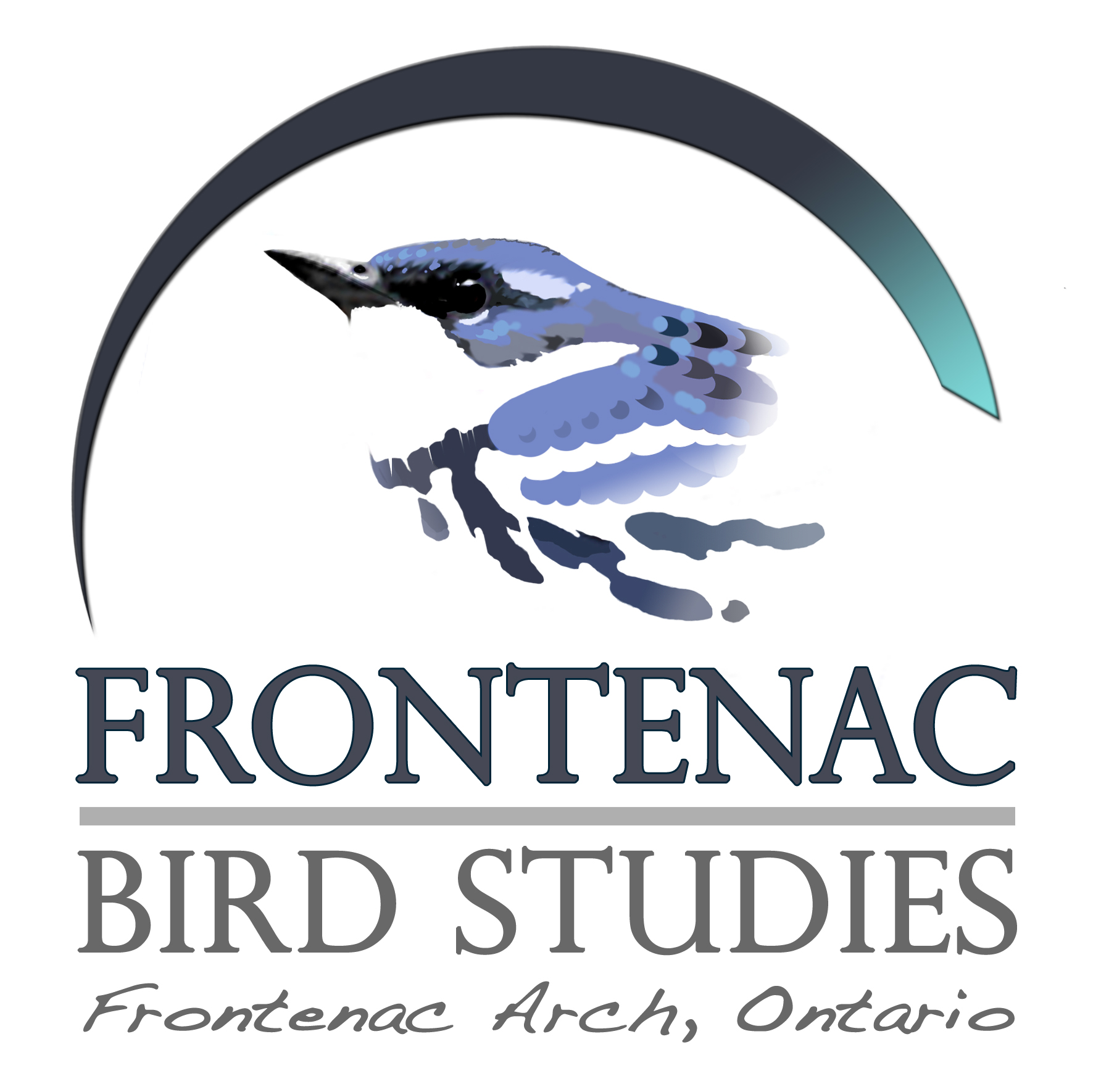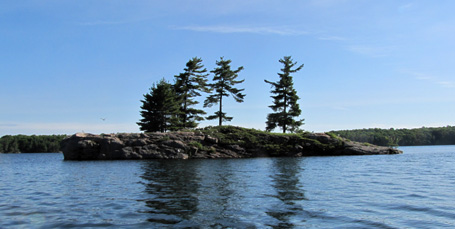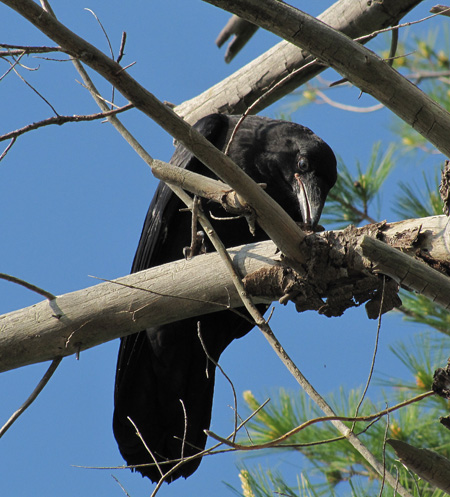
.
Herring Gull (Larus argentatus)
.
Nidiologicals – Peck and James (1987) and R.J. Pierotti and T.P. Good (1994)
.
Habitat – Primarily Islands, rock islets, coastal areas and open mainland sites.
Microhabitat – Nest scrape/mound often sheltered from wind by rock, log or vegetation. Usually on ground but sometimes elevated in vegetation or man-made structures.
Spring arrival – Most breeding adults are non-migratory but return to nest sites in March-April
Nest builder – Male and female
Average # of broods/season – 1
Average egg laying date – 26 May-9 June (Ontario)
Average clutch size – 3 eggs
Incubation period – Average 30 days
Egg description – Large, ovoid with variable base colour ranging from light olive, brownish to greenish with brown to black markings.
Incubation – Male and female

The circumboreal Herring Gull is one of two common breeding gull species in Ontario. The Herring is more numerous from central Ontario north to Hudson Bay while its close relative the Ring-billed Gull is more abundant in the south. By the late 19th century the Herring Gull was nearly driven to extirpation from North America by plumage and egg collectors but their numbers have recovered and have possibly even exceeded precolonial abundance levels (Pierotti et.al. 1994). In Southern Ontario they tend to occur in large colonies with Ring-billed Gulls along the coasts of large lakes. However, this species is more widespread in the Southern Shield region where thousands of inland lakes dotted with rocky islands provide abundant breeding habitat. Smaller colonies or isolated nestings are more typical in the Southern Shield, although the species abundance and ecology appears to be less well known in this region.

A waterbird breeding colony consisting of Ring-billed Gull (10-12 pairs), Great Blue Heron (2 pairs) and Herring Gull (1 pair) was found on a small island on Big Clear Lake in early June of this year. A followup visit revealed at least 10 active nests of Ring-billed Gull, 2 of which contained young. The Ring-billed nests were fairly tightly spaced along the western slope of the island where low ground vegetation was densest. The Herring Gull nest was isolated from all other nests at the northern edge of the islet abutting some large rocks (note inserted white circle in above photo). The eggs were just beginning to hatch on June 11, 2010.

This photo, with FBS assistant Seabrooke standing in the background, provides some sense of scale of the large nest mound constructed of mostly pine needles, moss and lichen. Herring Gulls have a reputation as fierce nest defenders, even toward human territory invaders. This particular pair were quite docile and accepting of our intrusion, although we only visited the nest very briefly to snap a few photos and check the contents of the nest. Here you can see the nest tucked up against some rocks, which would have provided protection from the cold north and west winds blowing down the lake.

Lastly, here is the rocky islet itself. The islet is little more than 800 square metres in size but it has the sought after expanses of barren rock with low vegetation – ideal for nesting gulls in the Southern Shield. The islet is also attractive to nesting Great Blue Herons. Two active heron nests were found in the crowns of Eastern White Pines and the young are still being fed as of July 2, 2010.





